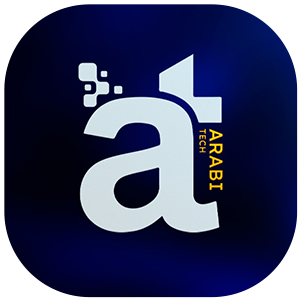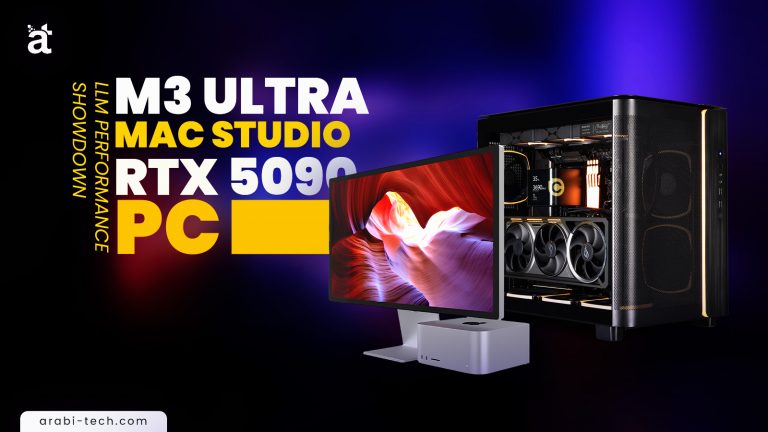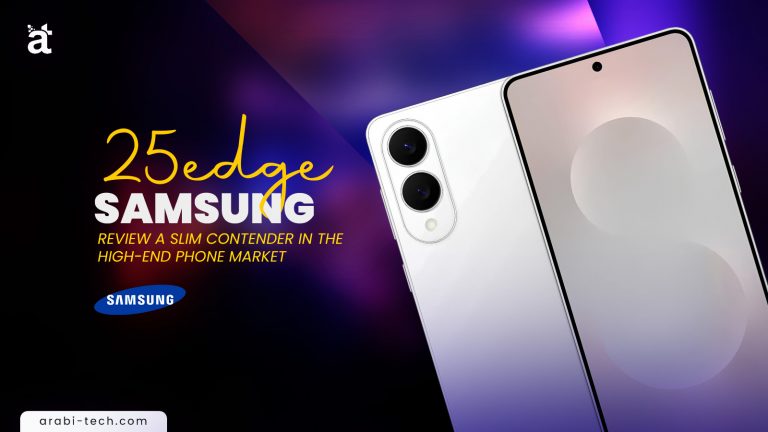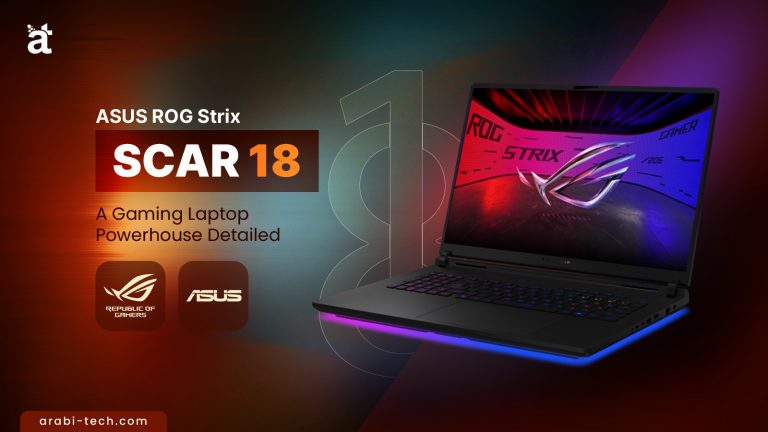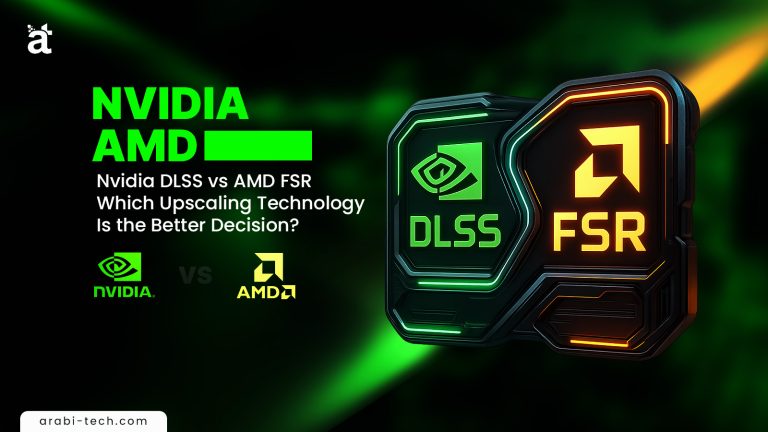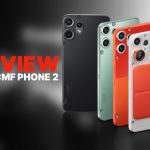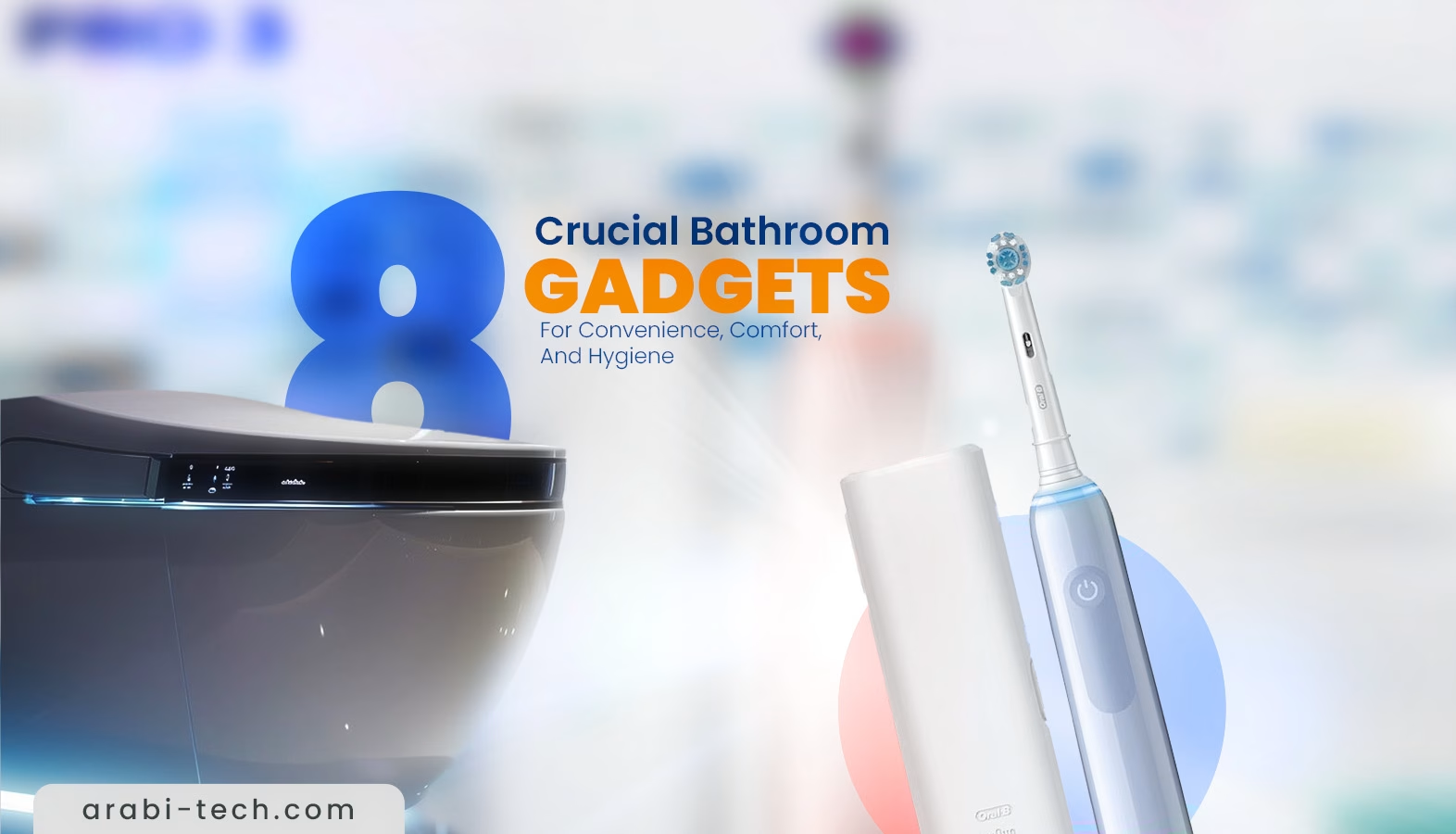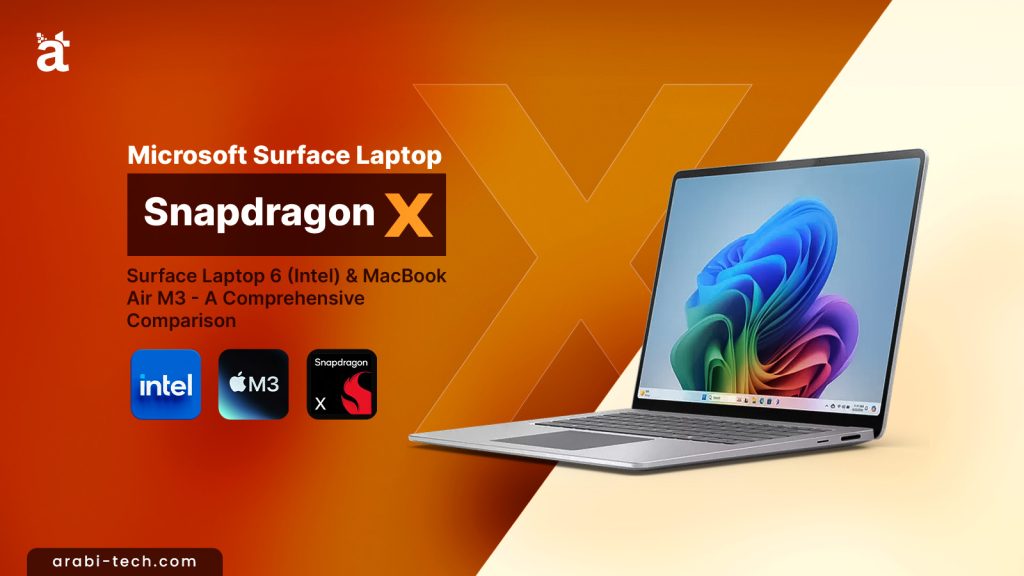
Microsoft Surface Laptop 7 (Snapdragon X) vs. Surface Laptop 6 (Intel) & MacBook Air M3: A Comprehensive Comparison
A Comprehensive Comparison – This review examines three Microsoft Surface Laptops: the Surface Laptop 7 with Snapdragon X Plus, the Surface Laptop 7 with Snapdragon X Elite, and the Surface Laptop 6 with Intel Core Ultra 7. These will also be compared against an Apple MacBook Air M3.
( Snapdragon X ) Vs ( Intel ) Vs ( M3 ) – A Comprehensive Comparison
Audio article :
Table of contents
Initial Impressions and Models Overview
The Surface Laptops present a good-looking lineup. Key models for this comparison include:
- Surface Laptop 7 with Snapdragon X Plus:
- Processor: Snapdragon® X Plus (10 Core)
- RAM: 16GB
- SSD: 512GB
- Display: 13.8 inch
- Color: Platinum
- Noteworthy: Demonstrated the longest battery life in previous real-world battery tests among these machines.
- Surface Laptop 7 with Snapdragon X Elite:
- Processor: Snapdragon® X Elite (12 Core)
- RAM: 16GB
- SSD: 512GB
- Display: 13.8 inch
- Color: Black
- This model has been used for over a week for coding and casual tasks.
- Surface Laptop 6 with Intel Core Ultra 7:
- Processor: Intel® Core™ Ultra 7 165H
- RAM: 16GB
- SSD: 512GB
- Display: 13.5 inch
- Color: Platinum
- Battery life in previous tests was not as long-lasting.
The focus of this article will be on a range of tests to compare these three Surface Laptops, with additional comparisons to a MacBook Air M3.
Design, Build, and Ergonomics
The Surface Laptop 7 (X Elite, black model) offers a premium aluminum feel.
The keys on all Surface Laptops provide a fantastic typing experience.
Windows Hello facial recognition is available on all three Surface Laptop models for login. The responsiveness can vary if multiple similar machines are in front of the camera simultaneously, but generally works well with a single device.
Display Characteristics
- Bezels: The two new Surface Laptop 7 models (X Plus and X Elite) feature noticeably narrower bezels compared to the previous generation Surface Laptop 6.
- Height: There isn’t a significant difference in the physical height of the chassis between the Surface Laptop 6 and Surface Laptop 7.
- Touchscreen: All three Surface Laptops have touchscreens. Both new models’ touchscreens work quite well, with the new ones feeling slightly more responsive.
- Reflectivity: The screens on the new Surface Laptop 7 models are highly reflective, almost like mirrors. The older Surface Laptop 6 screen is slightly less reflective. For comparison, a MacBook Air M3 also has screen reflectivity, but it is less pronounced than on the new Surface Laptop 7 models. Clear reflections of the user can be seen on the new Surface screens when off.
- Brightness:
- None of the Surface Laptops allow brightness to be reduced to absolute zero.
- Surface Laptop 7 (X Elite): Lowest measured brightness was 1.9 nits, with a maximum of 535.7 nits, making it the brightest among the Surface Laptops tested.
- Surface Laptop 7 (X Plus): Showed very similar brightness numbers to the X Elite, maxing out at 531.3 nits.
- Surface Laptop 6 (Intel): Measured significantly dimmer, with a maximum brightness of 329.8 nits.
- MacBook Air M3: Achieved deep blacks but had a maximum brightness of 456.5 nits, lower than the new Surface Laptop 7 models.
Keyboard and Trackpad
- Keyboard: The keyboard on the new Surface Laptop 7 models feels different from the Surface Laptop 6. The older keys have more of a “thud,” while the newer keys are more “clicky.”
- Trackpad:
- Surface Laptop 7 (X Plus and X Elite): Feature a new haptic feedback trackpad. It feels nice, doesn’t require excessive force, and clicking works consistently across the entire surface.
- Surface Laptop 6 (Intel): Uses a traditional diving board trackpad, which clicks well at the bottom but is difficult or impossible to click at the top.
- Trackpad Issue (X Elite unit): An intermittent trackpad issue was observed on the black Surface Laptop 7 (X Elite) review unit, where it would become unresponsive for a few seconds. This was not present on the platinum Surface Laptop 7 (X Plus), suggesting a possible unit-specific defect.
Ports and Connectivity
- Charging Port: All Surface Laptops feature the proprietary MagSafe-like charging port.
- USB Ports:
- Surface Laptop 7 (X Plus and X Elite): Equipped with a headphone jack, one USB-A port, and two USB-C ports.
- Surface Laptop 6 (Intel): Has a headphone jack, one USB-A port, and one USB-C port.
- External Monitor Support:
- When a single external monitor was connected via USB-C to DisplayPort to the Surface Laptop 7 (X Elite), it was recognized, and no immediate degradation in scrolling or general performance was observed. User experience remained smooth.
- The Surface Laptop 7 (X Plus) also handled a single external monitor without any noticeable lag.
- The Surface Laptop 6 (Intel), with its single USB-C port, also worked well with one external monitor.
- Dual Monitor Support via Dock:
- Using a Thunderbolt 4 dock, the Surface Laptop 6 (Intel) successfully drove two 4K external monitors. This indicates its single USB-C port limitation is physical, not an on-chip limitation for display output.
- The same Thunderbolt 4 dock also worked with the new Surface Laptop 7 (X Plus and X Elite) models, successfully driving dual 4K monitors, even though these laptops do not have Thunderbolt ports themselves (USB4 compatibility with Thunderbolt devices is noted). Note: Full compatibility often requires Thunderbolt 4 certified devices for USB4 ports.
- No performance degradation in general usability (scrolling, navigation) was felt when using dual monitors with any of the Surface Laptops.
Packaging
The new Snapdragon-based Surface Laptop 7 models come in noticeably “fancier” packaging, reminiscent of Apple’s MacBook Airs. This can be seen as an effort to align with the premium unboxing experience that has been successful for competitors.
Battery and Charging Power Draw
After a full discharge, the laptops drew the following approximate power while recharging:
- Surface Laptop 6 (Intel): ~41.6 – 42W
- Surface Laptop 7 (X Plus): ~47.2W
- Surface Laptop 7 (X Elite): ~46.9W
Performance: Memory Speed and Bandwidth
- Memory Type and Speed:
- Surface Laptop 6 (Intel): CPU-Z reports DDR5 RAM with a frequency of approximately 3391-3392 MHz.
- Surface Laptop 7 (X Plus and X Elite): Both feature LPDDR5 RAM running at approximately 8448 MT/s (Megatransfers per second).
- MacBook Air M3: Uses LPDDR5 RAM at 6400 MT/s.
- Note on MT/s vs. MHz: Megatransfers per second (MT/s) is roughly double the Megahertz (MHz) value for DDR RAM because it accounts for data transfer on both rising and falling edges of the clock cycle. Thus, the Laptop 6’s ~3392 MHz is equivalent to ~6784 MT/s.
- This means the new Surface Laptop 7s have significantly faster RAM (8448 MT/s) compared to both the Surface Laptop 6 (~6784 MT/s) and the MacBook Air M3 (6400 MT/s).
- Memory Bandwidth (STREAM Benchmark):
- Memory bandwidth is crucial for performance, especially in AI applications.
- Surface Laptop 7 (Snapdragon X Plus/Elite): Achieved bandwidths around 60,000-70,000 MB/s (e.g., X Elite copy: ~60,792 MB/s; X Plus copy: ~59,769 MB/s). These are considered “okay” by modern standards.
- Surface Laptop 6 (Intel): Showed slightly lower bandwidth (e.g., copy: ~52,066 MB/s), but not drastically far behind the Snapdragon models.
- MacBook Air M3: Demonstrated significantly higher memory bandwidth, with copy operations reaching over 96,615 MB/s.
Performance: Application Build Times (VS Code)
Building the VS Code editor from source:
- MacBook Air M3: 63 seconds
- Surface Laptop 7 (X Elite): 89.9 seconds
- Surface Laptop 7 (X Plus): 95.7 seconds
- Surface Laptop 6 (Intel): 101.8 seconds (on battery). When plugged in, the time was nearly identical at 101.5 seconds, indicating minimal performance difference for this task based on power source for the Intel model.
- Temperature During Build:
- Surface Laptop 6 (Intel): ~35°C (was the only one making significant fan noise)
- Surface Laptop 7 (X Plus): ~34°C (no noticeable fan noise)
- Surface Laptop 7 (X Elite): ~35°C (no noticeable fan noise)
- MacBook Air M3: ~31°C
- Battery Drain During Build (Unplugged, from near full):
- Surface Laptop 6 (Intel): Dropped to 6% and gave a low battery warning, requiring it to be plugged in.
- Surface Laptop 7 (X Plus): 44% remaining.
- Surface Laptop 7 (X Elite): 46% remaining.
- MacBook Air M3: 26% remaining (started at less than 100%).
Performance: C++ Compilation and Execution (Prism Translation vs. Native Arm)
Microsoft’s Prism is a translation layer allowing x64 applications to run on Arm-based Windows machines, similar to Apple’s Rosetta 2.
- Developer Command Prompts:
- On Windows for Arm, it’s important to use the correct Developer Command Prompt.
- The standard “Developer Command Prompt” (or “Arm64_x64 Cross Tools Command Prompt”) will compile and run x64 binaries (emulated).
- The “Arm64 Native Tools Command Prompt” is needed to compile and run native Arm64 binaries.
- Single-Core Quicksort (10 million integers):
- Surface Laptop 7 (X Elite) running x64 version (via Prism): 5.79 seconds.
- Surface Laptop 7 (X Elite) running native Arm64 version: 6.5 seconds.
- Observation: In this specific single-core C++ Quicksort test, the x64 version running through Prism was surprisingly faster than the native Arm64 version. This counterintuitive result suggests Prism’s translation is highly efficient for certain workloads, or there are other optimization factors at play.
- Multi-Core Mergesort (1 billion numbers, then 100 million):
- Initial test with 1 billion numbers:
- Surface Laptop 7 (X Elite) running x64 version (via Prism): 153 seconds.
- Surface Laptop 7 (X Elite) running native Arm64 version: 85.8 seconds.
- MacBook Air M3 (native Arm): 2 minutes 58 seconds (178 seconds).
- Observation: For this multi-core task, the native Arm version on the Surface Laptop 7 (X Elite) was significantly faster than the x64 version via Prism. The previous x64-to-Arm translation layer was reportedly much slower; Prism shows considerable improvement, though a performance gap still exists for demanding multi-core tasks. The X Elite (12-core) outperformed the M3 (8-core) in this specific multi-core C++ test.
- The Surface Laptop 6 (Intel) could not compile this large array due to an array size error.
- Retest with 100 million numbers (to include Intel):
- Surface Laptop 6 (Intel, native x64): 6.69 seconds (first run), 6.39 seconds (second run – fastest overall). Unplugged: 6.75s, 6.74s (slightly slower).
- Surface Laptop 7 (X Elite, native Arm64): 6.9 seconds (first run), 6.5 seconds (second run).
- Surface Laptop 7 (X Plus, native Arm64): 7.5 seconds (consistent across two runs).
- MacBook Air M3 (native Arm): 15.1 seconds, 15.0 seconds (slowest).
- Observation: With a smaller dataset, the Intel machine was the fastest, followed closely by the X Elite. The X Plus was slightly slower, and the M3 significantly slower in this C++ multi-core sort. Compiler differences and optimization flags can affect these results.
- Initial test with 1 billion numbers:
Software Compatibility and Developer Experience
- Native Arm Applications: A growing number of applications run natively on Windows for Arm, including: Visual Studio, Chrome, IntelliJ IDEA, PyCharm, Visual Studio Code, Notepad++, Docker, WSL2 (Windows Subsystem for Linux 2, with pre-installed Git in its Arm version), Python for Windows, Node.js, and Postman. Microsoft PowerToys also has native Arm support.
- Applications with Limitations or x64 via Prism:
- Android Studio: Does not yet run in a usable way.
- SQL Server and MySQL Workbench: Work through Prism translation with some lag.
- SQL Server Management Studio: Works through Prism.
- Notion: Runs as an x64 version via Prism, works well.
- Git for Windows: Surprisingly, does not yet have a native Arm version, runs via Prism.
- VMware/VirtualBox: Not available for Windows on Arm for standard virtualization.
- AVX/AVX2 Instruction Support: Prism can translate AVX instructions but currently does not support AVX2. This was confirmed when an x64 Geekbench binary failed on an Arm machine, citing lack of AVX2 support. AVX (Advanced Vector Extensions) are CPU instructions that can boost performance in certain tasks.
- Gaming:
- After a beta graphics driver update, Doom Eternal launched and played smoothly on the Surface Laptop 7 (X Plus). Gameplay on battery for two hours was possible with juice left over, which is impressive.
Upgradability
The new Surface Laptop 7 models feature user-upgradable SSDs. The feet on the bottom of the laptop can be popped off to reveal screws. Underneath, an M.2 slot allows for SSD replacement. This is a significant advantage over many modern laptops, including MacBooks, where storage is typically soldered.
Conclusion and Recommendations
The new Snapdragon X Plus and X Elite powered Surface Laptop 7 models bring several improvements:
- Strengths:
- Excellent battery life, particularly the X Plus model, capable of outlasting the MacBook Air M3 in some scenarios.
- Fast LPDDR5 RAM (8400 MT/s).
- Improved haptic trackpad.
- Additional USB-C port compared to the Surface Laptop 6.
- Slimmer bezels and premium aluminum design.
- User-upgradable M.2 SSD.
- Growing list of native Arm applications for developers (Visual Studio, VS Code, Python, Node.js, Docker/WSL2).
- Prism translation allows many x64 applications to run, with AVX support (but not AVX2).
- Capable of light gaming on battery (e.g., Doom Eternal on X Plus).
- Weaknesses/Considerations:
- Screens are highly reflective.
- Memory bandwidth, while good, trails the MacBook Air M3.
- Performance in some native Arm tasks (e.g., single-core C++ Quicksort) can unexpectedly be slower than emulated x64 versions.
- Multi-core performance for native Arm can be strong (beating M3 in a C++ Mergesort) but still shows a significant overhead when running x64 code via Prism compared to native.
- The software ecosystem for Windows on Arm is still maturing. Key developer tools like Android Studio are not yet fully usable, and some x64 applications requiring AVX2 will not run.
- Startup times for Snapdragon models were slower than Intel Surface and MacBook Air.
- The Intel-based Surface Laptop 6, while having shorter battery life and older RAM, can offer competitive or even superior performance in CPU-intensive native x64 tasks (like the smaller Mergesort test) and ensures full x64 software compatibility.
Recommendations:
- For Developers needing Maximum Battery Life and Good Native Arm Performance: The Surface Laptop 7 with Snapdragon X Plus or X Elite is a strong contender, especially if your primary workflows involve natively supported Arm applications (web development, Python, .NET via Visual Studio). The X Plus offers the best battery life.
- For Users Needing Guaranteed x64 Compatibility and Raw CPU Power (when plugged in): The Surface Laptop 6 with Intel remains a safe bet, though battery life is a significant compromise.
- For a Balanced Ecosystem (if macOS is an option): The MacBook Air M3 offers excellent battery life, strong performance, and a mature Arm software ecosystem, though its memory bandwidth can be a bottleneck in some high-end tasks compared to Pro models.
The choice depends on individual priorities regarding battery life, specific software needs, and the current state of native Arm application support for essential workflows. The new Surface Laptops with Snapdragon X represent a significant step forward for Windows on Arm, but the platform is still evolving.
Best Article of the Month:
- Smart Travel: How Digital Tools Are Changing The Way Vacations Are Taken
- The 10 Best Cool Gadgets To Give Your Friends And Family
- The Best Time Of Year To Buy Laptops, Phones And More
- Top 5 IoT Sensors That Every Farmer Needs For Smart Farming
- Review the CMF Phone 2 Pro
- Samsung S25 Ultra: A Reassessment After Three Months
